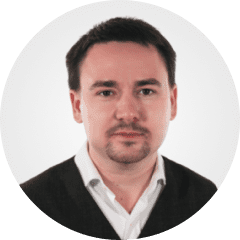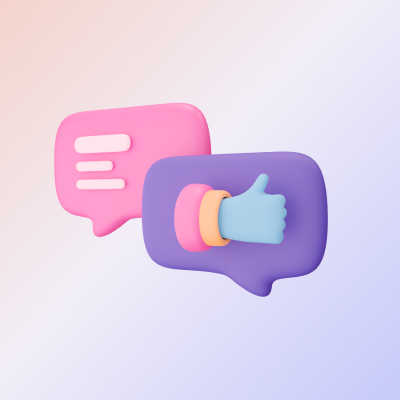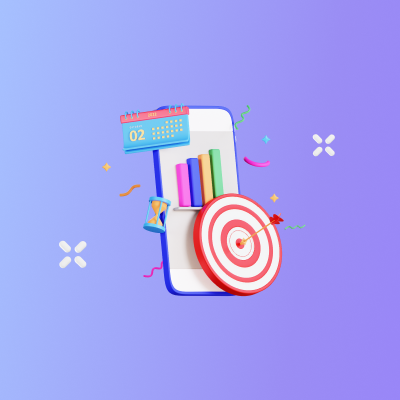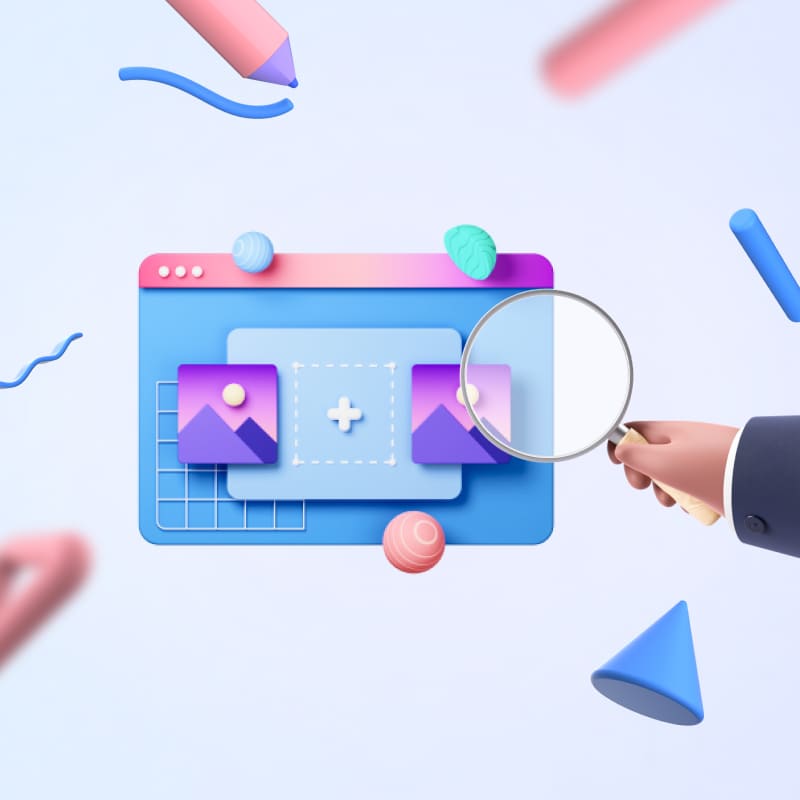
Learning in the workplace has taken different turns over the last few years. Organisations are better poised to prepare and position their teams to deliver revolutionary products and services in their respective industries. Human Capital Managers are maintaining training and learning at the fore of their workforce development strategies and learning management systems (LMS) are the most efficient ways to achieve this. LMS provide online and offline learning facilities to support employees’ learning and ensure continued business improvement. However, the conundrum is not whether to have one but why some LMS solutions are not effective?
Consider this, Jason, a learning and development supervisor at an engineering firm in Bristol, discovered that the turnaround time to completion of courses on the LMS installed by management only a few months ago had dropped by over 40% compared to when it was introduced. On further inquiry, he realised that the learning management system’s features contributed to this discrepancy. Realising that something had to be done quickly to preserve the long- and short-term gains of acquiring the system, he escalated to his boss, Hilary, to initiate a resolution to the problem.
You do not have to wait till this happens within your organisation before you take action; even better if you have just decided to purchase an LMS. Here are nine key features of learning management systems to look out for.
- LMS Feature List
- Learning Paths
- Personal Development
- Career Maps
- Predictive Analysis
- Gamification
- Competency Matrix
- Customisation
- Integration
- Flexibility
- Learning Paths
Learners appreciate the possibility of learning in bits and bytes, which is what learning paths help to achieve, even in the workplace. By breaking down course curriculums into modules enabling the learners to progress sequentially, learning is easier to absorb and is not overwhelming to pursue at once. This can be implemented based on the specific job role requirements, compliance standards, competence needs, user location or other benchmarks to structure tailored learning paths for individuals and groups to facilitate learning to a requisite level.
Personal Development
In line with ensuring that employees are well-rounded in the workplace, it is paramount to actively engage them in the planning and management of their personal development as professionals in their respective fields. This aids employees to be more valuable to themselves and the organisation in developing and pursuing their career aspirations.
Career Maps
An LMS which incorporates detailed information about talent requirements within the organisation and existing talent held is desirable as it facilitates career decisions and choices of employees. Career maps, as these are called, ensure the dual aspirational needs of your organisation and employees are coherent and satisfied.
Gamification
What better way to keep employees motivated than to throw in some competition? Earning badges, scoring points and acquiring some other rewards for self, team, or company induces team spirit and camaraderie, motivating employees to take action whilst learning. It achieves motivation and endears participation of employees overall.
Predictive Analysis
Tools which use machine learning, modelling, indicators, and data mining to analyse information and intelligence should be integrated into your LMS as they are necessary to facilitate forecasts about future development. This supports the career mapping of employees as they can look ahead based on actual data.
Competency Matrix
Having a tool which assesses functional, managerial, behavioural, and other skills and abilities based on parameters which specify necessary competencies for individual roles helps in detecting the most suitable candidates. This makes role selection of employees more systematic and objective.
Customisation
Being adaptable to your organisation’s unique requirements and its susceptibility to change, the customisation feature ensures synergy between the organisation and the LMS in use. This way, there is no compromise in the functionality of your organisation.
Integration
You should be able to seamlessly integrate your LMS with your HRIS, ERP and legacy systems resulting in a singular system that delivers optimum value for effectively managing your organisation’s talent.
Flexibility
Your LMS system should be suitable for various learning capabilities enabling employees to access courses online and offline. It should be able to combine these as blended learning and other instructional techniques.
Without these essential features incorporated into your LMS, you won’t be maximising the full benefits and potential of having a learning management system in your organisation. You deserve to have an LMS that meets and exceeds your objectives and that’s just what My Learning Hub will achieve… and much more, too. Book a free demo today to find out how you can implement My Learning Hub in your business.
Frequently asked questions FAQ










